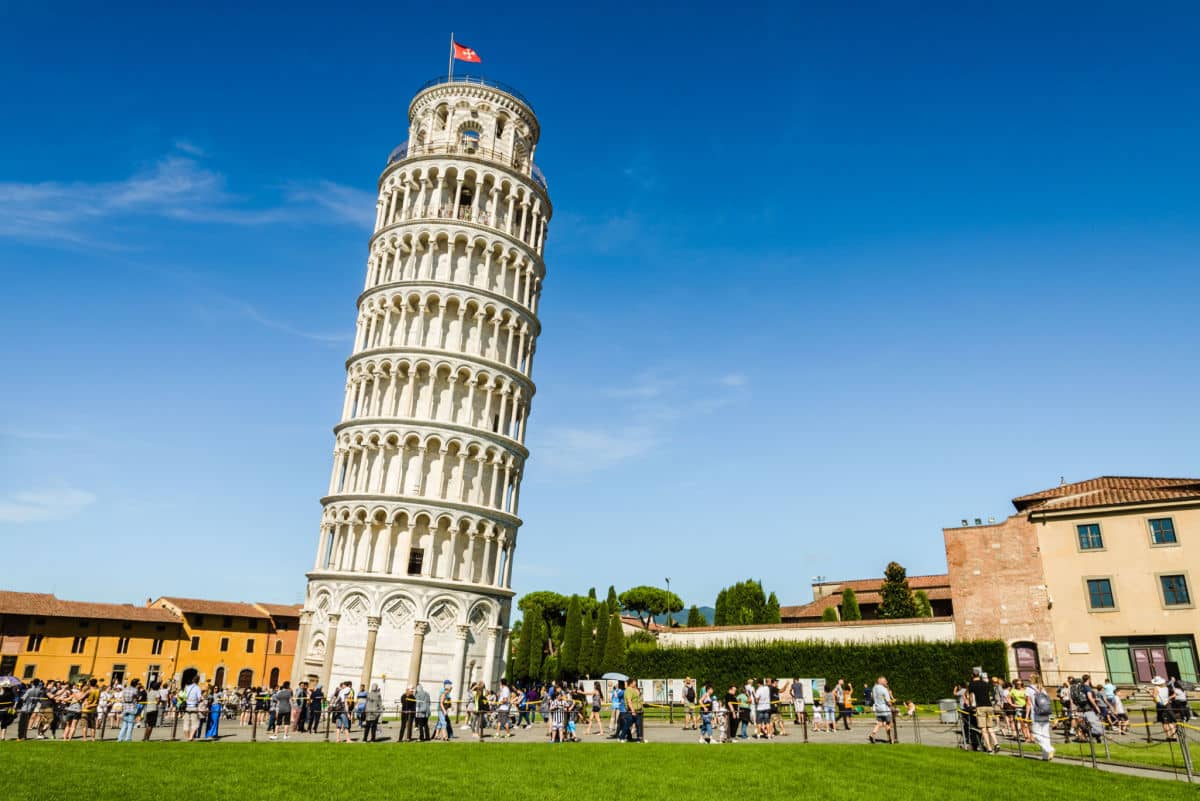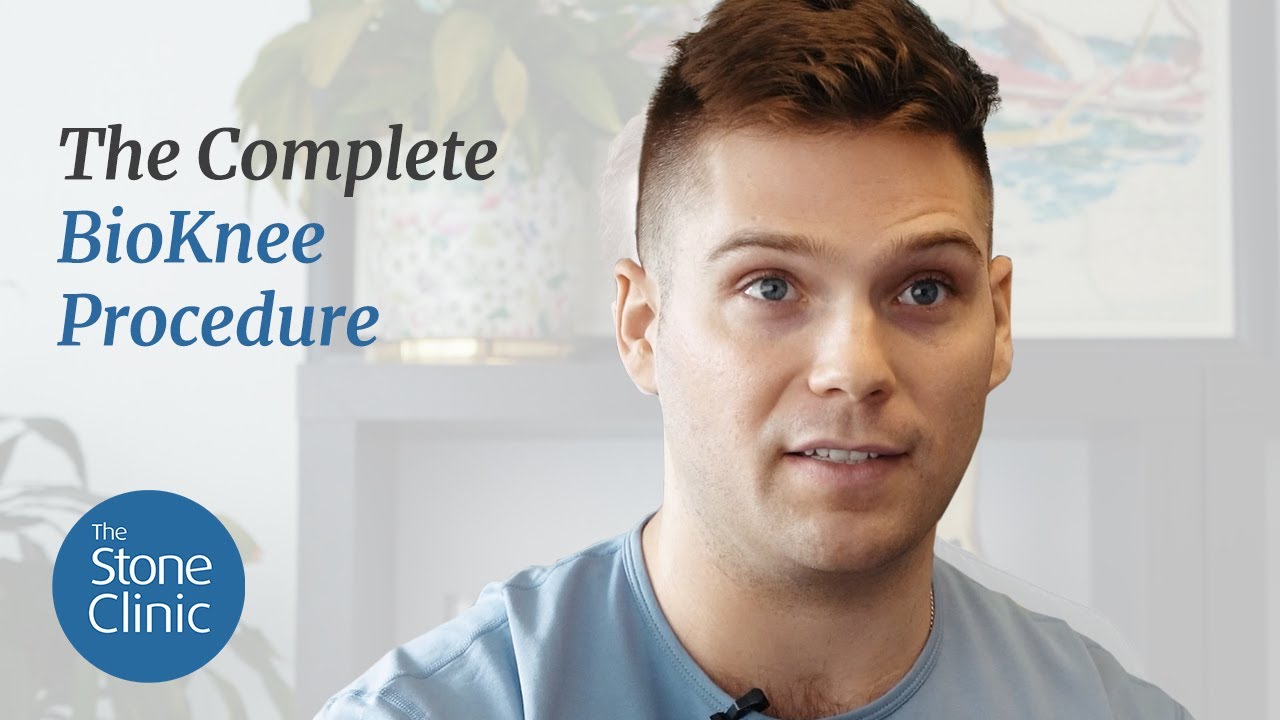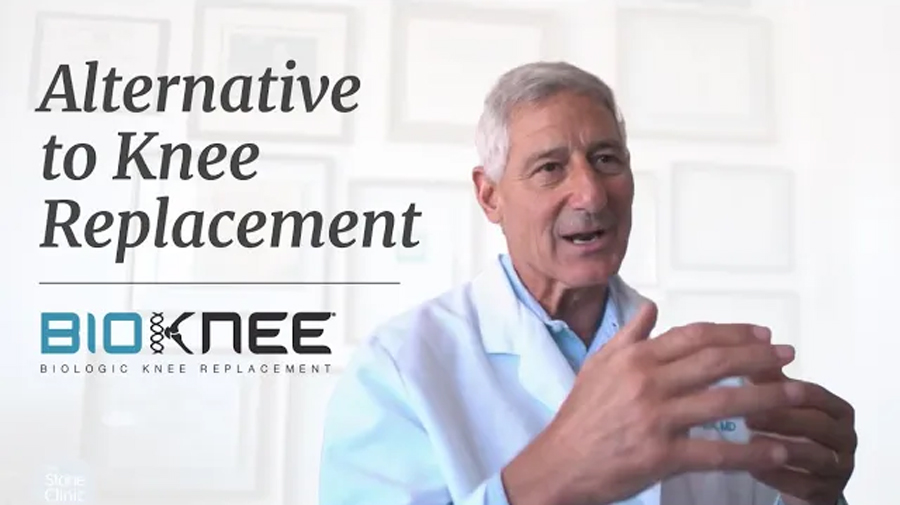Why We Don’t Prefer Knee Osteotomies
Hear From Our Patients
25-Year-Old's Disaster Knee Saved by BioKnee ProgramMany arthritis patients are told to have an osteotomy: a procedure where the top of the tibia is cut in half and the angle of the bones is changed to decrease the forces of weight bearing on their knee joint. We rarely recommend it. Here is why.

What Is a Knee Osteotomy, How It Works, and Why It’s Performed
Arthritis of the knee joint usually involves loss of articular cartilage (the bearing surface) and, often, loss of the meniscus cartilage (the fibrous shock absorber). As the bearing surface wears away, the knee loses its joint space and the angle changes. People most commonly become bow-legged, and sometimes knock-kneed, from this cartilage loss.
An osteotomy is performed on the tibia or the femur either by taking a wedge of bone out or putting a wedge in. The wedge creates a new angle at the joint surface, shifting the weight away from the worn outside to the opposite side of the knee. The thinking is that the malaligned (bowed or knocked) knee experiences increased loading forces and that by shifting those forces away, the pain in the knee will be diminished.
Common Problems with Knee Osteotomy
This concept is much more popular in Europe than in the US and relies on several factors: (1) The surgeon must be able to accurately measure the angles before surgery and take out or put just the right amount of wedge. Too much will cause early wear and pain on the otherwise normal side, while too little won’t relieve the forces. (2) The belief that a surgeon can predict the new forces when, in fact, no surface inside any knee is flat. It is a complex surface with slopes and mixed surface angles both convex and concave within each side of the knee. Shifting the forces onto a complex surface produces variable outcomes. (3) The complication rate of osteotomy is far higher than for almost any other common knee joint surgery. (4) Shifting weight away from a worn-out surface does not repair the worn-out surface. (5) The result of osteotomies is often reported as good to excellent for 80% of people for 5-10 years—after which a partial or total knee joint is required. These are relatively short-lived results. And joint arthroplasty is made more difficult, with a higher complication rate, if an osteotomy has previously been performed.
Knee Osteotomy vs Knee Replacement—and Other Alternatives
The points above have motivated The Stone Clinic to focus more on replacing the missing meniscus and repairing the damaged articular cartilage using our articular cartilage paste graft technique. The published results of this BioKnee program show 80% success at 17 years1. This means improvement in pain and function for 80% of the people who had an arthritic knee and underwent this biologic joint resurfacing. We rarely performed a concurrent osteotomy and do so only in patients with severe knee joint angles over 7 degrees.
The patients surveyed must have had some joint space remaining to qualify for a biologic joint replacement. If no joint space was seen on the x-ray, they usually undergo a robotically-guided partial knee replacement. Those patients had a 98% chance of having a “forgotten knee” at 3 months after surgery and were permitted to return to all sports.
Our long-term results of the partial knee replacement for athletes without joint space will be reported soon. To date, though, none of them have yet loosened their partial or even total knee replacement from sports participation.
For patients with loss of cartilage and angled knees, we believe that solving the direct problem—the loss of the meniscus and articular cartilage—is usually a better first step than addressing angle changes. We respect the adage that “bad biomechanics will destroy good biology any day of the week.” But good biology is the first step in fixing bad biomechanics.



